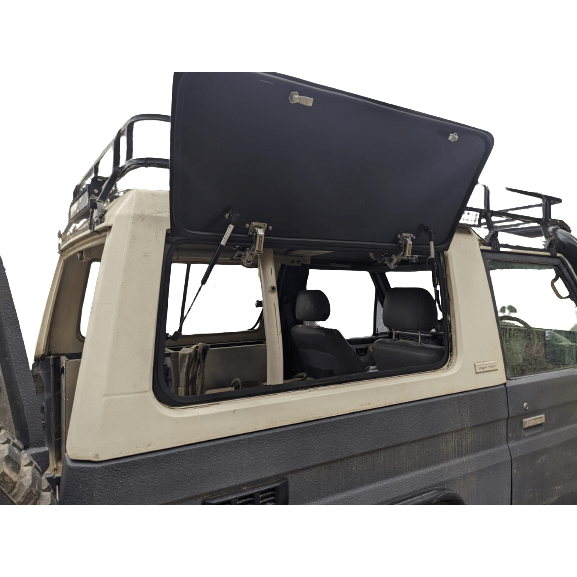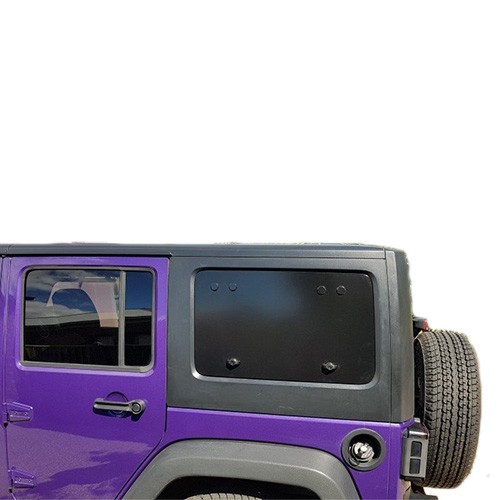Limited Slip Diffs - How Do They Work?
Have you ever wondered how a car manages to get round curves on the road? Probably not; it seems pretty obvious. The front wheels are turned by the steering, and that’s it – except no, not quite. There’s a problem caused by basic geometry, because every time you go round a curve the wheels on the outside have further to go than the ones on the inside. That’s fine on a trailer, but when the wheels are powered they’ll tend to fight the steering effect of the front wheels.
The solution to this is differential gearing, which lets the inside and outside wheels be driven at different speeds. It’s a little bit of engineering magic that works away unobtrusively inside every vehicle, and makes them a lot more controllable than they’d be otherwise. What it basically does is distribute the power according to how fast each wheel is turning, so as you go round a corner the outside wheels are getting more of the engine’s energy.
This all works great on a nice flat surface, but for off-roaders it turns out to be less than ideal. Say you’re going along a rough track and you come to a loose, sandy patch. Three of your wheels are managing to keep some grip, but the fourth is in soft sand. Now here’s the problem: the diff, sensing that one wheel will turn more freely, sends more power to it. Unfortunately all that wheel is doing is digging a hole in the sand, so you won’t be going anywhere.
Unless you have a limited slip differential, of course. This is a variant of a standard diff, which is a bit more complex but gives much better off-road performance. A limited slip diff will allow the wheels to spin at different speeds up to a certain point, but puts a cap on the difference between the shafts. The result is that even if one wheel can spin freely, the other one will always be getting a respectable share of the power too; the engine won’t channel all its efforts to the wheel that isn’t achieving anything.
The most common kind of LS diff on 4wd vehicles is the clutch pack diff. This has a stack of friction disks for each shaft, alternating with steel plates which lock into the shaft case. If there’s enough pressure on the pack the friction disks will turn the steel plates, which in turn spin the case and the shaft itself. A spring in the centre of the diff ensures there’s always a load on each disk stack, so in normal conditions both shafts will be turning.
Now here’s where it gets really clever. The side gears, which turn the clutch packs, and the spider gears in the centre of the diff are both bevelled. If you apply a lot of torque to bevelled gears they tend to push each other apart. The side gears can slide slightly, compressing the clutch pack, so when there’s more resistance on one wheel that side gear will be compressed. This means more torque is passed through that side gear – to the wheel where it can do most good. It still works like a standard diff when you’re going round a corner, but if the difference between wheels becomes extreme it will shift the power much more efficiently.
Limited slip diffs are a bit of a luxury on road cars, but if you plan on heading for the bush they’re pretty much essential. If your 4wd isn’t already fitted with one this should be your next upgrade.







